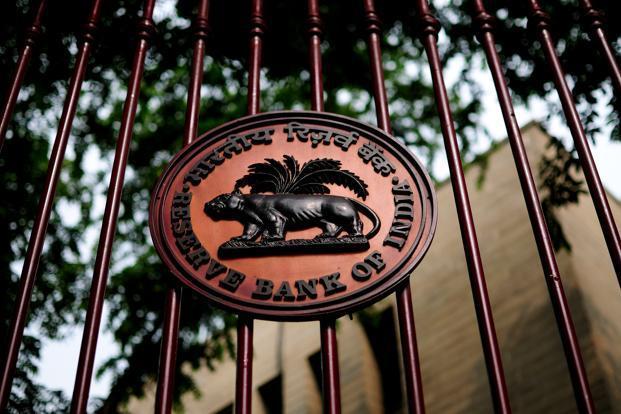RBI to rely more on liquidity than rates
With Consumer Price Index (CPI)-based inflation dropping to 5.1 per cent in August, the clamour for policy rate cuts has again increased. Much better monsoon rains after two back-to-back droughts and lingering weaknesses in manufacturing have again opened the case for aggressive rate cuts.
But has the Reserve Bank of India (RBI) not been doing enough to promote growth with price stability?
After witnessing inadequate transmission through the banking sector, the RBI is relying more on liquidity management than rate cuts for its policy transmission. It has purchased government bonds worth Rs 1 lakh crore so far in 2016-17, through its open-market operations, effecting a sharp decline in rates on various financial instruments. On an average, the weighted average call money rate stayed 13 to 14 basis points below the repo rate during the first half of 2016-17. There has been a significant decline in commercial paper rates and corporate bond yields that encouraged companies to raise more funds from financial markets than the banking sector.
There is no doubt that growing asset quality stresses have made banks increasingly more risk-averse towards the manufacturing sector. While banks’ incremental credit flows have remained positive for retail, agriculture and services sectors, they are still negative for manufacturing sector in the current financial year.
According to a Credit Suisse report, banks saw no respite in stress addition in the first quarter, and the bulk of their non-performing assets during this quarter originated not from known sources like restructured loans or leveraged groups but from small and medium-sized enterprises, and midsized companies. Their core profitability (especially for public sector banks) has come under severe pressure, with pre-provisioning profits declining by seven per cent in the first quarter. With growing constraints on profitability and capital, we cannot expect banks to lower lending rates aggressively, even if the RBI undertakes significant policy rate cuts.
Also, everything is not very rosy on the monsoon front. In terms of distribution, this year’s rainfall still lags behind the normal monsoon years of 2011 and 2013. While major food bowl states like Punjab, Uttar Pradesh and Odisha have seen a decline in kharif sowing year-on-year, five states, including Gujarat, are suffering from a huge rainfall deficit. So, there is a possibility that inflation will come back to the target band slightly later than assessed earlier because of uncertainties over agriculture. Moreover, the RBI will remain vigilant about the impact on CPI, of Pay Commission’s recommendations and elevated services inflation, if the goods and services tax gets implemented from April 1, 2017. Other events that will keep the RBI cautious are the volatility associated with the foreign currency non-resident (bank) redemption and forward guidance coming from global central banks.
The RBI certainly needs some policy space at this juncture and I expect it to stay on hold at least until December. However, as in the past, it would ensure liquidity conditions remain conducive to economic recovery.

